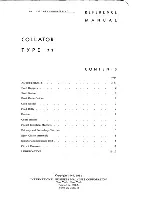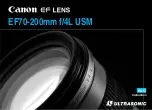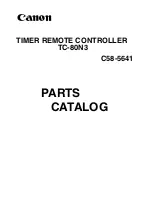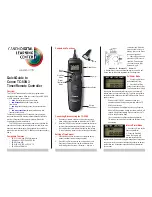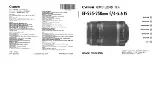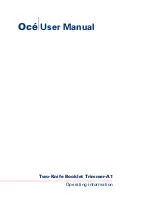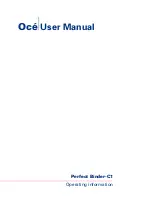
18
User's Guide HDSPe MADI
© RME
The HDSPe MADI's outstanding clock control allows for a synchronization of the output signal
to the word clock's input signal not only at identical sample rates, but also at half, quarter, dou-
ble and quad sample rates. A playback of 96 kHz can easily be synchronized via a 48 kHz word
clock signal.
SyncCheck
If several digital devices are to be used simultaneously in a system, they not only have to oper-
ate with the same sample frequency but also be synchronous with each other. This is why digi-
tal systems always need a single device defined as ‘master’, which sends the same clock signal
to all the other (‘slave’) devices.
Remember that a digital system can only have one master! If the HDSPe’s clock mode is
set to Master, all other devices must be set to Slave.
RME’s exclusive
SyncCheck
technology (first implemented in
the Hammerfall) enables an easy
to use check and display of the
current clock status. The
SyncCheck field indicates whether
no signal (No Lock), a valid signal
(Lock) or a valid
and
synchronous
signal (Sync) is present at each of
the digital clock source inputs. The
‘AutoSync Ref’ display shows the
current sync source and the
measured frequency.
In practice, SyncCheck provides
the user with an easy way of
checking whether all digital
devices connected to the system
are properly configured. With
SyncCheck, finally anyone can
master this common source of
error, previously one of the most
complex issues in the digital studio
world.
Summary of Contents for HDSPe MAD
Page 5: ...User s Guide HDSPe MADI RME 5 User s Guide HDSPe MADI General ...
Page 28: ...28 User s Guide HDSPe MADI RME ...
Page 38: ...38 User s Guide HDSPe MADI RME ...
Page 39: ...User s Guide HDSPe MADI RME 39 User s Guide HDSPe MADI Connections and TotalMix ...
Page 46: ...46 User s Guide HDSPe MADI RME ...
Page 68: ...68 User s Guide HDSPe MADI RME ...
Page 69: ...User s Guide HDSPe MADI RME 69 User s Guide HDSPe MADI Technical Reference ...

































